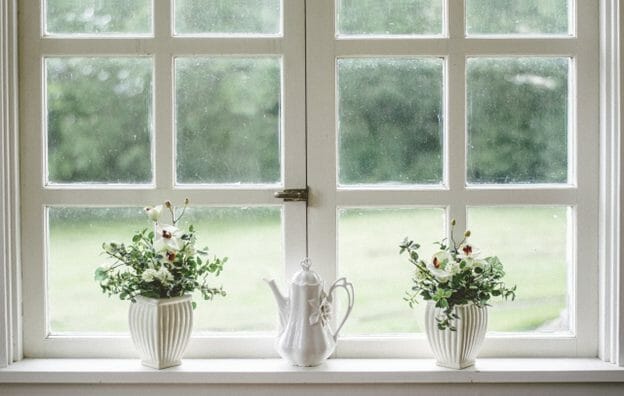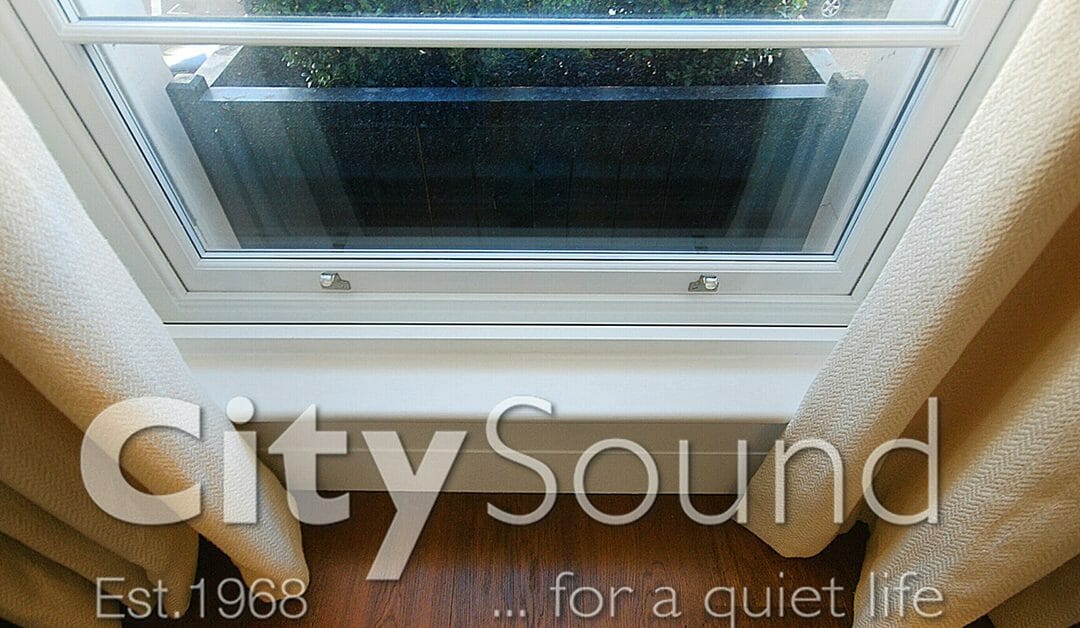
Many people are looking for a cost-effective alternative to double glazing, and this is why secondary glazing, where a second glazed panel is put onto the internal side of your windows, can accommodate the feel of double glazing. Secondary glazing offers a number of benefits, but when you compare it to triple glazing, where there are three sheets of glass installed with a layer of insulating air in between each pane, which is better?
While triple glazing and double glazing offer a lot of benefits, not least with regards to enhanced energy efficiency and comfort, opting for secondary glazing can bring you a number of advantages too. Let’s show you how secondary glazing can benefit, especially if you are weighing up the differences.
Simple Installation Practises
When you compare secondary glazing to double or triple glazing, the installation process is much simpler. The process of installing secondary glazing can be done in little to no time, and a standard-sized window, measuring 1000mm x 1200mm, should take under an hour. The process is straightforward and involves simply attaching the secondary glazing, either via adding insulating film or magnetic glazing with a plastic or acrylic panel, and other secondary glazings can also be done via horizontal or vertical sliding. Because it is so simple to install by a professional this is the most cost-effective approach. And while double or triple glazing can be effective, you have to remember the workload is doubled or tripled, depending on the number of panes being installed.
The Thermal Effectiveness
Comparing a secondary glazed window to triple glazing means you got to address the overall thermal efficiency. The topic of thermal transmittance, which is also known as the U-value, can be very useful here. The U-value is defined as the rate of transfer of heat through a structure and is measured in W/m²K. The better insulated a structure is, the lower the U-value will be, so the more energy efficient the window.
- A secondary double-glazed window has a U-value of around 2.7W/m2. When paired up and fitted against a single glazed external window the overall U-Value of both windows working together will be around 2.1W/m2
- Triple glazing is around 0.8W/m2.
- A primary double-glazed window with an air gap of 12mm will have a U-value of 1.4W/m2.
- A single glazed window will have a U-value of around 5.0W/m2.
So while triple glazing is more thermally effective than a secondary double-glazed window, comparing it to a single-glazed window means it is more effective, however, these do not take into account the additional elements, such as the efficiency of the seals and the frames.
When you are looking for an effective solution that is cost-effective, secondary glazing may not appear to have the same levels of efficiency as a triple-glazed window, but if you were to add a secondary double-glazed window to a primary double-glazed window or a single-glazed window, this will bring down the efficiency levels even further.
Secondary Glazing Vs Replacement Windows
When you are considering secondary glazing vs triple glazing, purely having an additional pane on your existing windows can improve the overall performance of the windows. A very good example is when you are living in a listed building; triple glazing or double glazing cannot replace the original window design in listed buildings, which is usually single-glazed, and this is where secondary glazing can provide amazing results.
While the thermal performance is not as effective as triple glazing, the fact is that they are an effective solution in comparison to a single pane. This is why secondary glazing is a preferred option for many who are living in more traditional properties where replacement windows are just not an option. Having secondary glazing installed onto single panes of glass can enhance the aesthetic benefits of the property while also making sure that the inhabitants benefit from increased comfort and thermal efficiency.
Long-Term Effectiveness
Because triple glazing is triple the work, it’s important to note that when three panes of glass are installed, there is the potential to increase thermal effectiveness and slow down convection and conduction between the panes. However, because there are more panes and gaps separating the interior and exterior surfaces of the window, there are different types of condensation that will affect the inside of triple-glazed windows. Over time, these triple glazing seals can break down, which can result in misty window panes and the work will need to be redone. When we compare this to secondary glazing, there is less work involved, and therefore there is less hassle.
If you are looking for more effective and cost-friendly options, secondary glazing can easily improve the thermal efficiency of any single-glazed window, reduce draught, in the property, and maintain the aesthetics.

